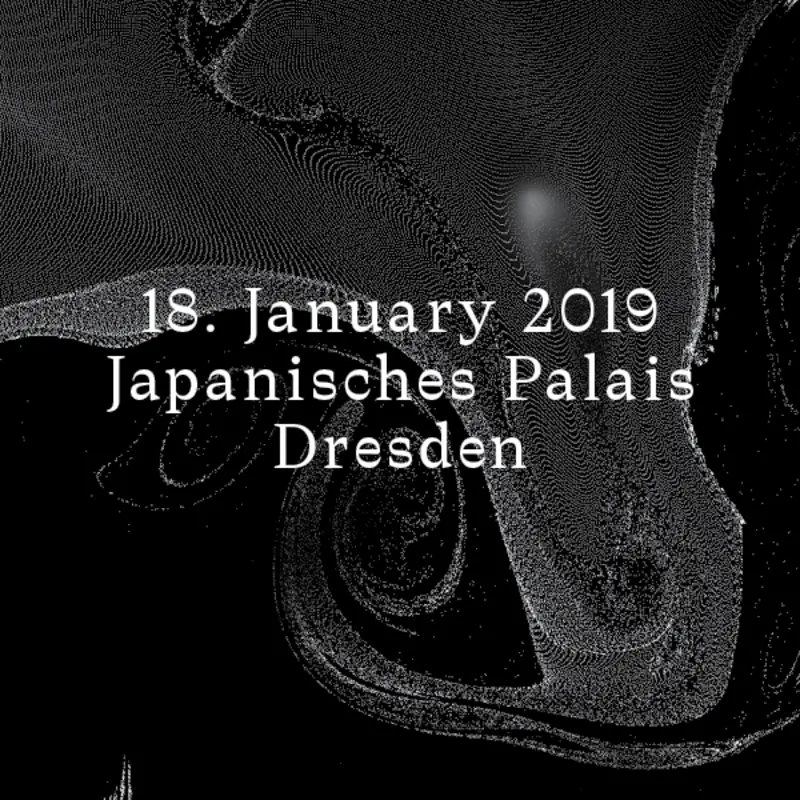Text
For the first time, Against Invisibility - Women Designers at the Deutsche Werkstätten Hellerau 1898 to 1938 presents 19 women who worked in the context of the Deutsche Werkstätten in the early 20th century.

With the founding of the Deutsche Werkstätten Hellerau in 1898, Dresden became an important center of the international Arts and Crafts and Reform Movement for several decades in light of its innovative design and social renewal. The opening of the Deutsche Werkstätten to women as artistic collaborators at the beginning of the 20th century was virtually unknown until today. It is largely thanks to Karl Schmidt's (*1873-1948) engagement at the time of the reform movement that numerous women were commissioned as designers immediately after the founding of his company and that their products were produced under their names.
For the first time, Against Invisibility - Women Designers at the Deutsche Werkstätten Hellerau 1898 to 1938 presents 19 women who worked in the context of the Deutsche Werkstätten in the early 20th century.
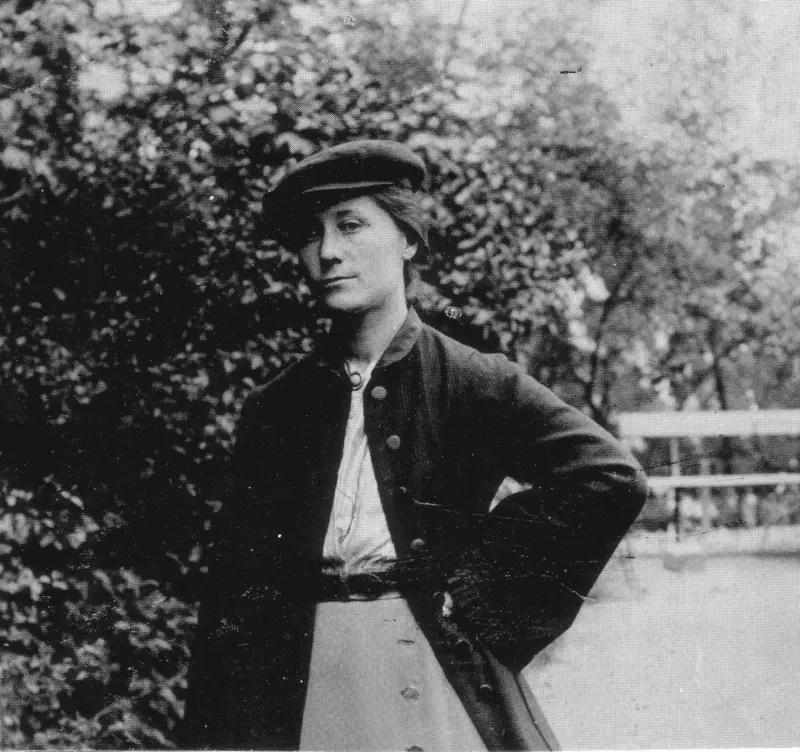
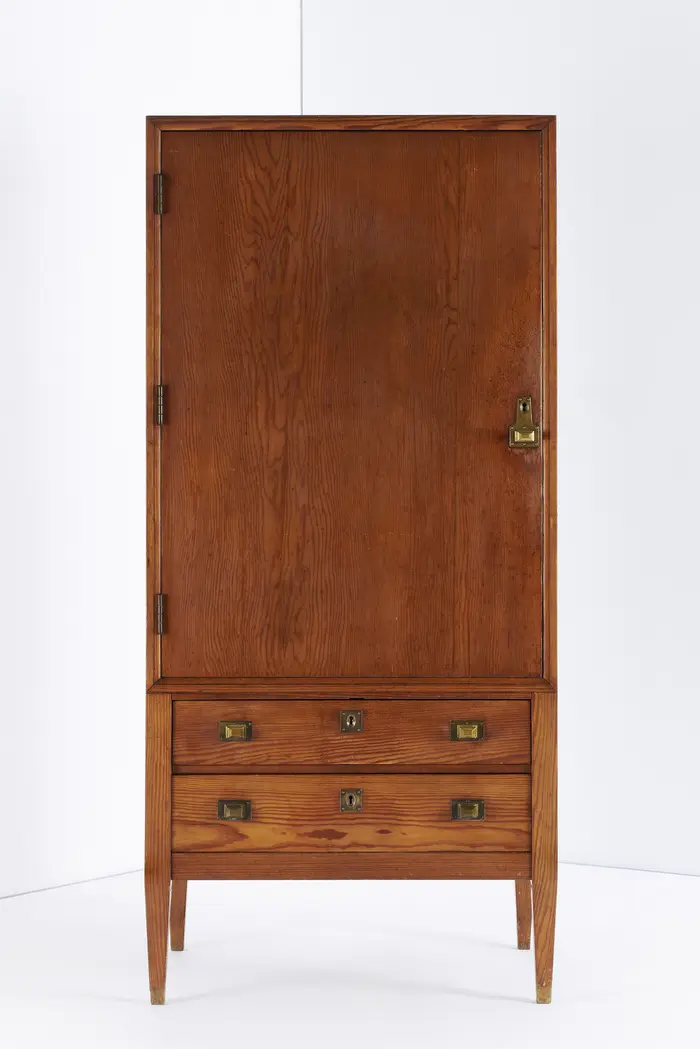
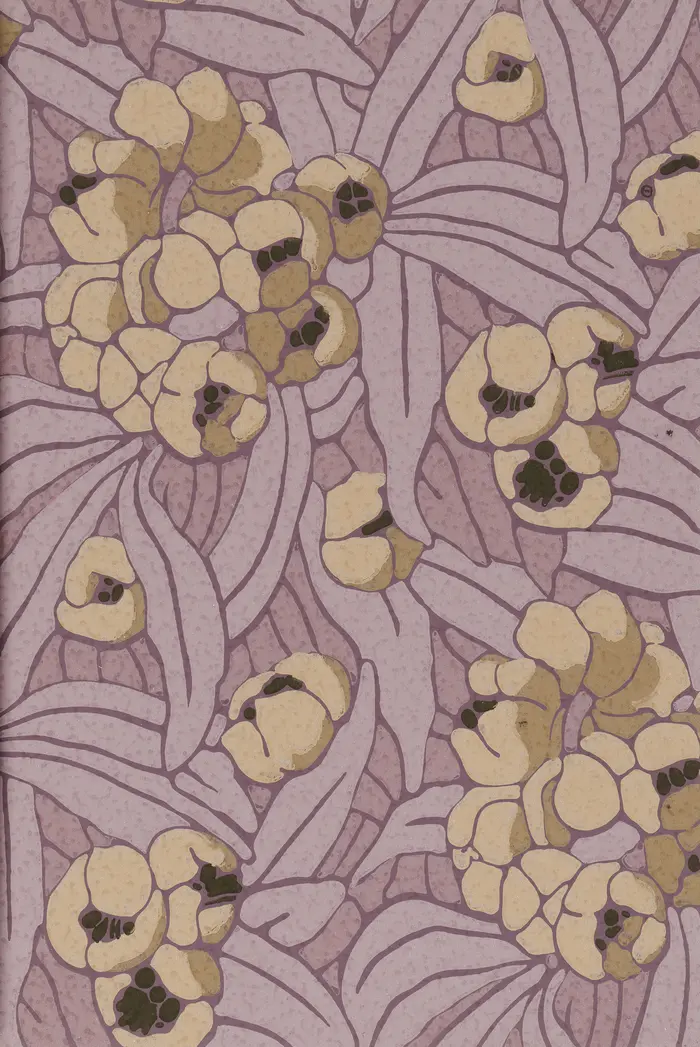
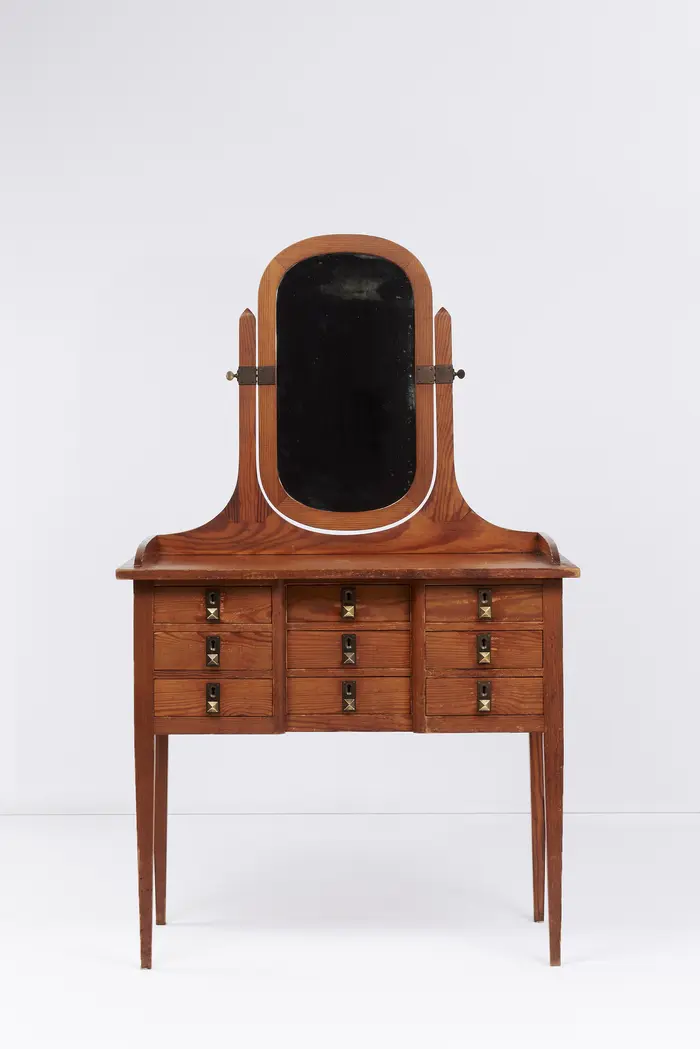
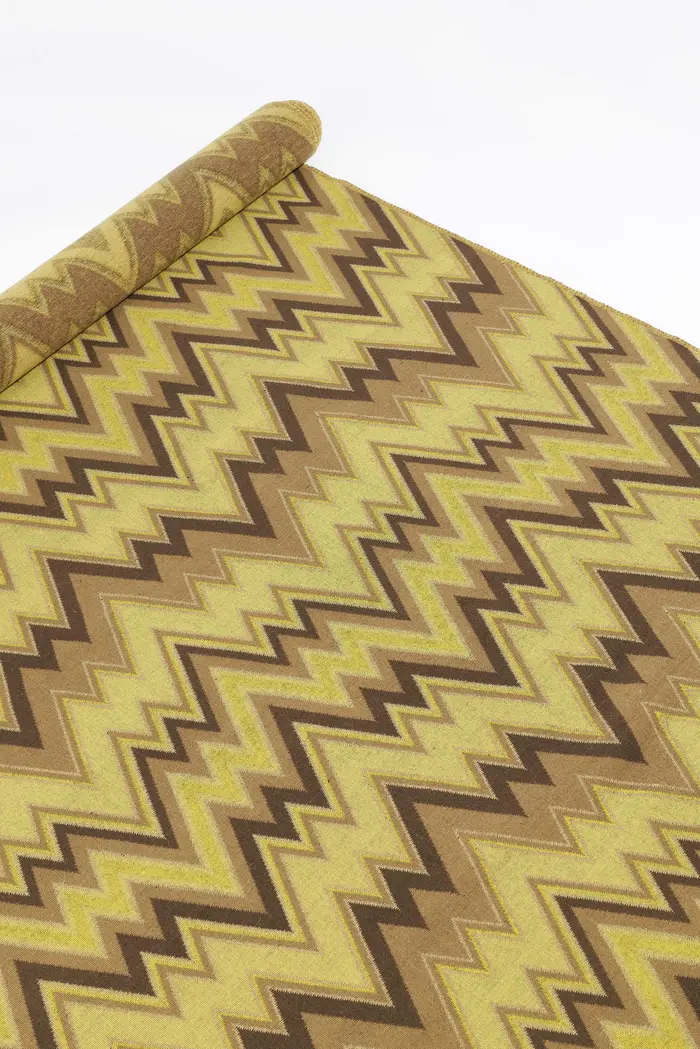
The special exhibition of the Kunstgewerbemuseum of the Staatliche Kunstsammlungen Dresden (SKD) highlights female designers who, despite their active design and teaching practice, numerous exhibitions, and successful participation in competitions, have been forgotten: Women who worked as furniture designers although they were - generally at this time without a university entrance qualification - often only trained as drawing teachers. Women who broke through traditional social paradigms and attained more autonomy and self-determination in everyday professional and social life by practicing in a field previously reserved for men. Women who not only made a significant contribution to the success of the fledgling workshops, but also decisively advanced the reform movement in Dresden.
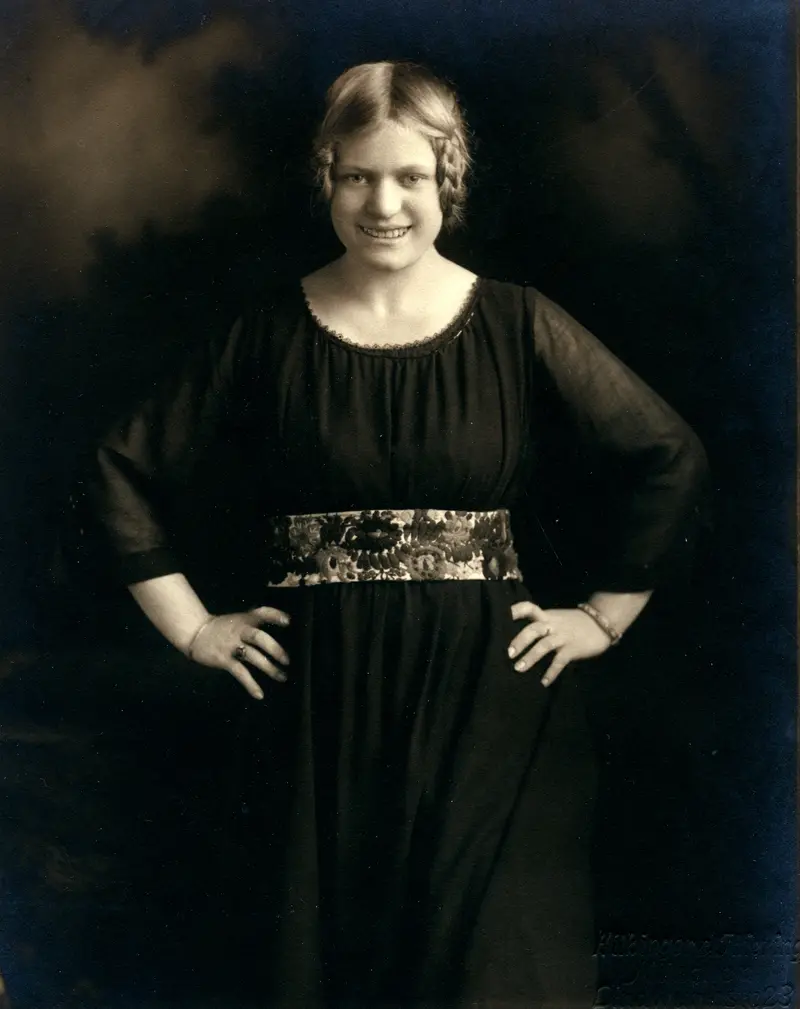
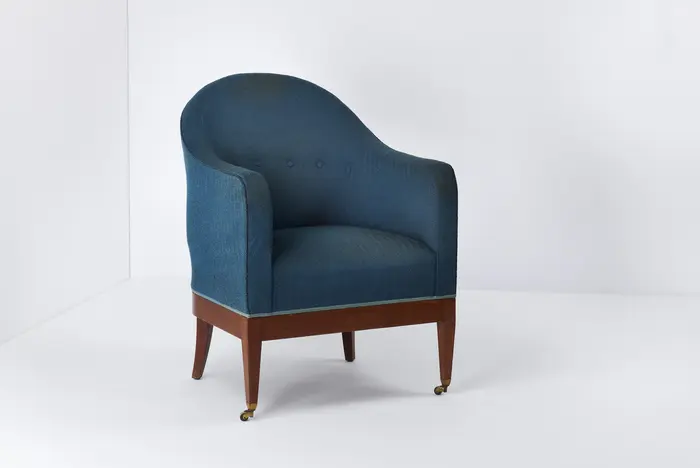
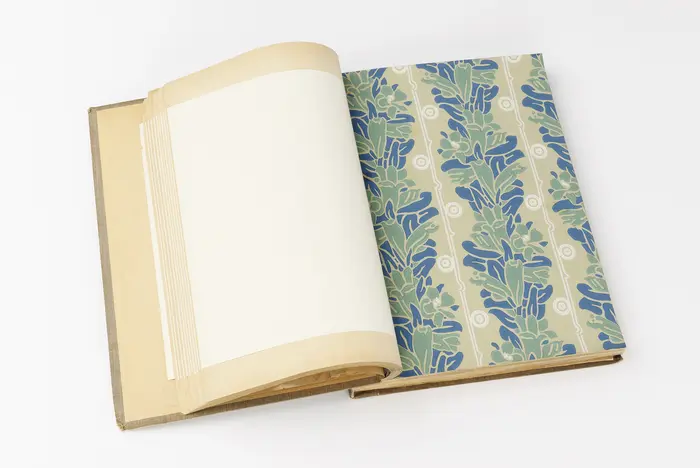
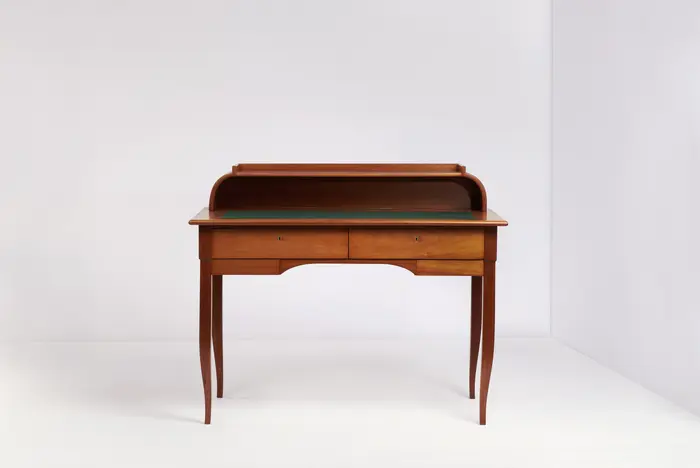
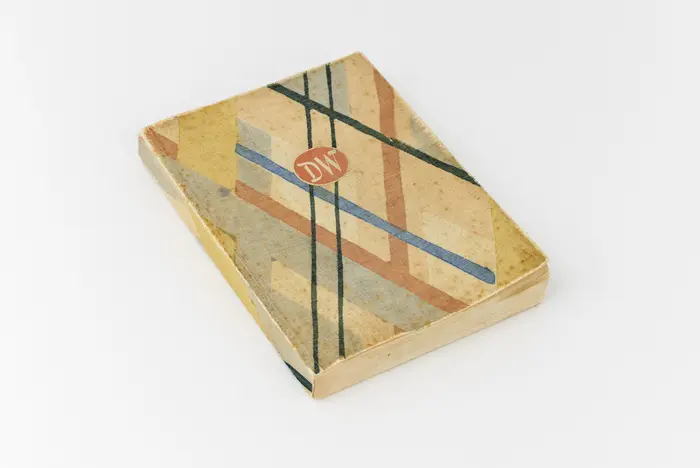
Twenty-seven different job titles described the women amongst other things as graphic designer, sculptor, furniture designer, interior designer, draftswoman, or textile designer - an attempt to do justice to their diverse activities and talents. The show in the Japanisches Palais shows the wide range of products created by three generations of female designers. Alongside design drawings, which offer a glimpse into the process of producing the objects, over 270 works are presented, many of which are publicly accessible for the first time. The considerable spectrum of furniture, textiles, and wallpaper, as well as toys and vessels opens up new insights into the period between 1898 and 1938. In the comprehensive examination of the Deutsche Werkstätten and its female designers, the Kunstgewerbemuseum Dresden adds a decisive chapter to the history of modern design.
Equally as diverse as their products were the biographies of the women. Through letters, photographs, and testimonies, the exhibition traces the careers and networks, as well as the private lifestyles of the female designers for the first time. In addition, magazines, scholarly publications, and exhibition documentation allow the visitors to imagine how these designers were perceived at the beginning of the 20th century, to delve more deeply into those times, and to repeatedly return to the question: how could these women become invisible?
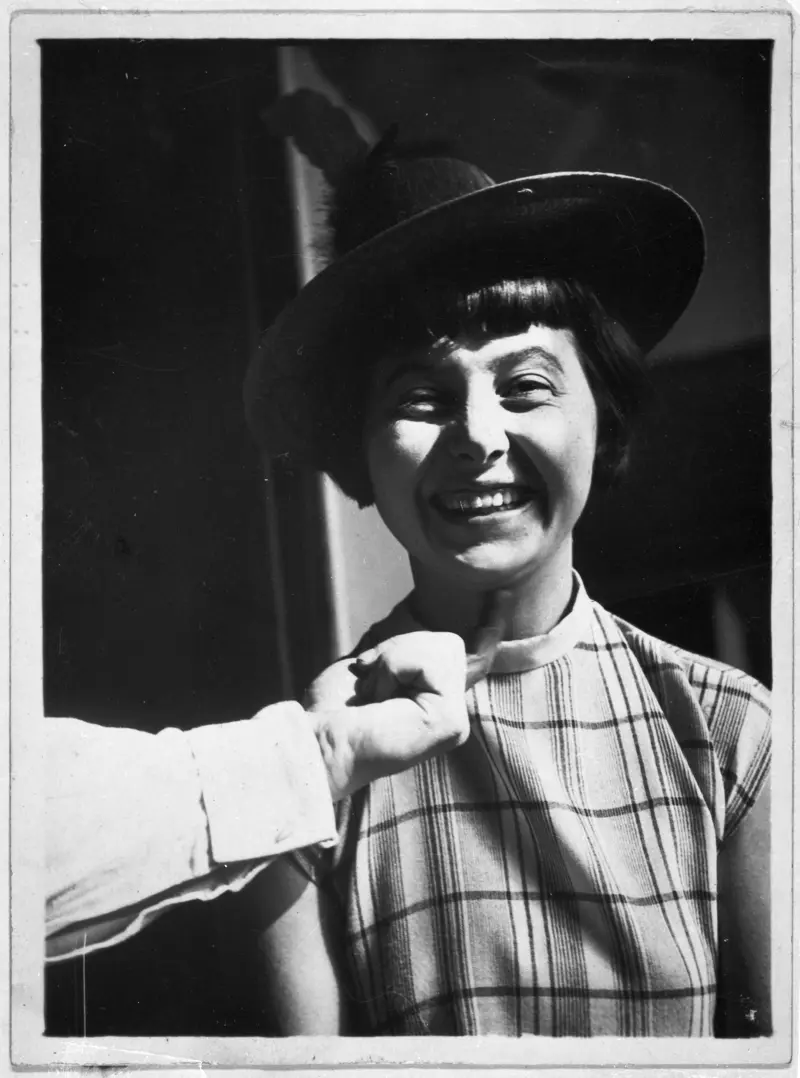
The exhibition highlights the designers Elisabeth Bertsch-Kampferseck, Margarete von Brauchitsch, Elisabeth Eimer-Raab, Lotte Frömel-Forchner, Marie von Geldern-Egmond, Margarete Junge, Gertrud Kleinhempel, Charlotte Krause, Margaret Leischner, Dora Lennartz, Clara Möller-Coburg, Ulla, Schnitt-Paul, Bertha Senestréy, Emmi Seyfried, Lilli Vetter, Else Wenz-Viëtor, Ruth Hildegard Geyer-Raak, Käthe Lore Zschweigert and the product photographer Hedda Reidt.
![[Translate to English:] Ausstellungsansicht [Translate to English:] Ausstellungsansicht](/fileadmin/_processed_/0/b/csm_2_Ausstellungsansicht_Designerinnen_e37fac222f.webp)
The exhibition will be accompanied by a catalogue with extensive essays, work descriptions, and photo series by Hirmer Verlag. Editors: Staatliche Kunstsammlungen Dresden, Tulga Beyerle and Klara Němečková, 254 pages, € 39,90, ISBN 978-3-7774-3218-2.
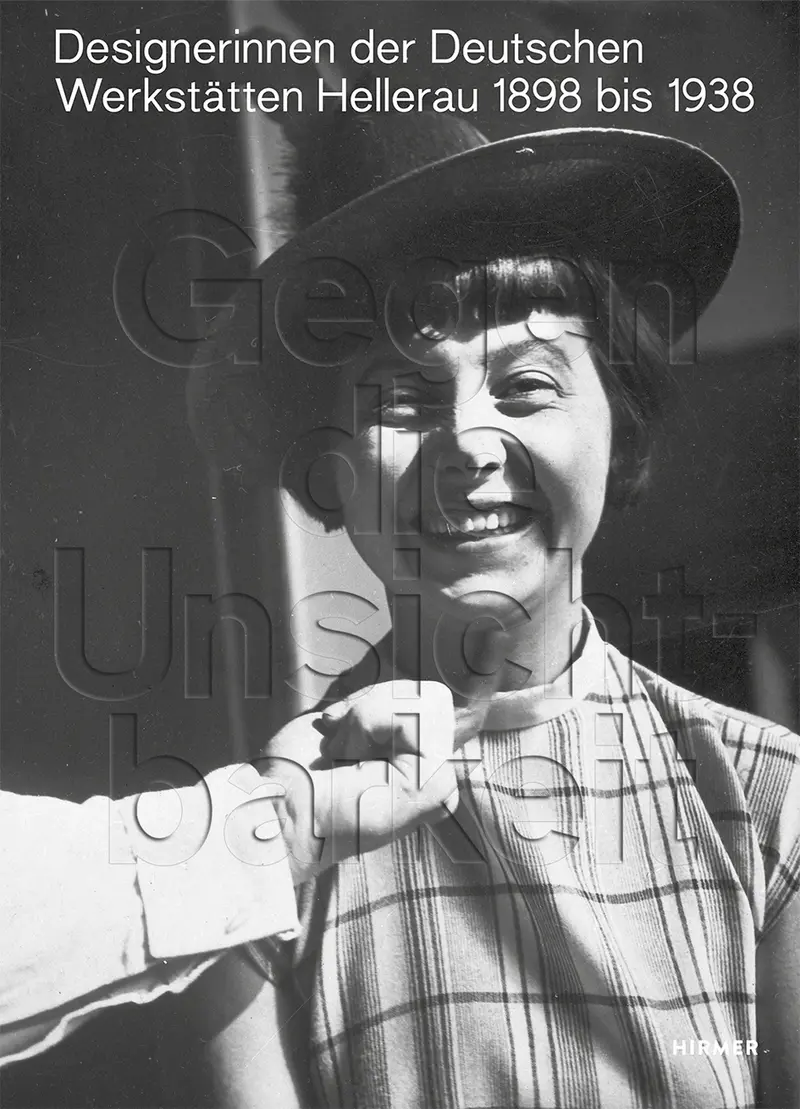
The accompanying program includes tours about different topics like furniture or textile design and the history of the Deutsche Werkstätten, as well as talks about privately owned objects from the Deutsche Werkstätten. In addition, an extensive education program for different age groups will be offered. Lectures and the symposium "A Woman's Work" on 17 and 18 January 2019 illuminate the role of professional women in the early 20th century and today. They inquire about the stereotypes that have persisted until today and the challenges designers face in the 21st century.

Taking the exhibition "Against Invisibility" as a starting point, the symposium A Woman’s Work on 18 January 2019 examines the contemporary, in order to shed light on the invisibility of the female practitioner as it continues to exist today.
